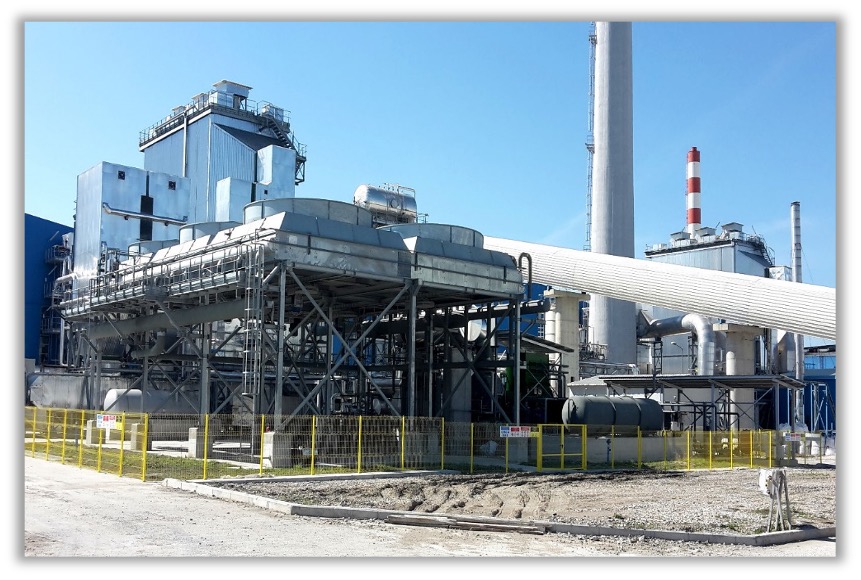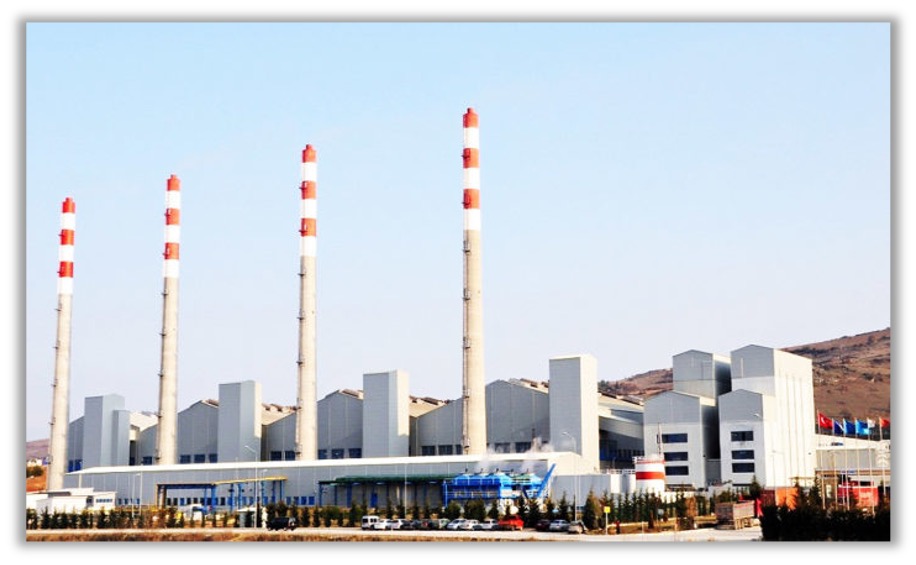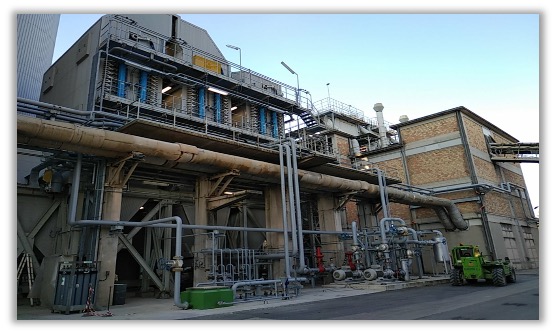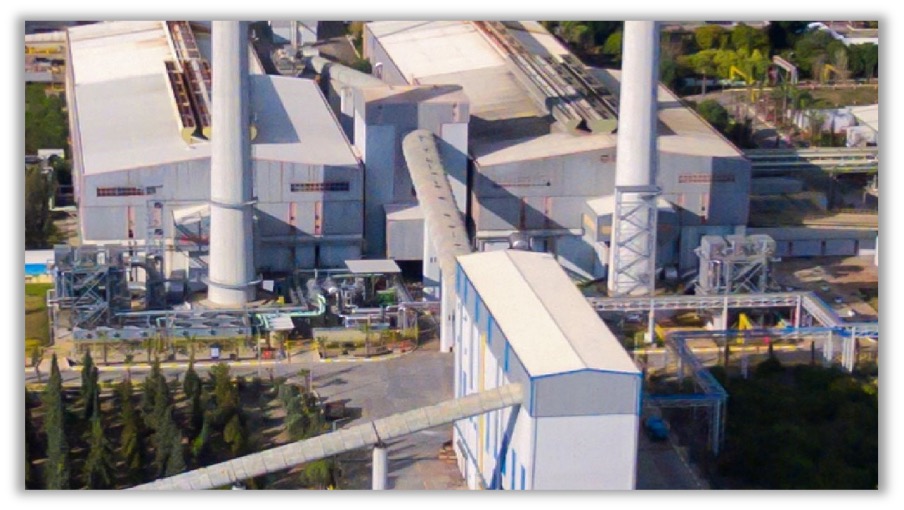Organic Rankine Cycle (ORC) Boilers
In thermodynamics, in the Rankin cycle made with water as fluid, the cycle formed by changing the fluid to organic fluid is called Organic Rankin Cycle ( ORC ). Fluids such as Pentane and Cyclopentane are used as organic fluids. Organic fluid evaporates at lower temperatures than water, so this cycle can operate at lower temperatures.
Generally, the following heat sources are used.
* Geothermal heat
* The furnace in the Glass Industry
* The Clinker cooling furnace in the cement industry (AQC and PH Boiler)
* The compressor in gas compression stations
* The Gas Turbine and Gas Engines
Those sources heat transfer to the hot oil in ORC boiler. The hot oil is transferred to the hot oil/organic fluid exchanger via the pump, allowing the organic fluid to transition into the gas phase. Organic fluid, which passes into gas phase, goes to the ORC turbine and produces electricity. This cycle is a closed cycle in which the condensed Organic Fluid returns to the exchanger to be used again.
In general, ORC Turbine efficiencies are between 21-24.
Production
With our Engineering and production capacity, we are the company with the most references in our country in sectors such as the Glass sector, Cement sector, Gas Compression stations.
We design and manufacture our ORC boilers with using bare pipes or High Frequency Welded fintubes , depending on the amount of dust in the gas. We make designs according to the current location of our customers and offer optimized solutions.
One of the most important issues, especially in facilities where the amount of dust is high, is the availability of the system. As Eralp Kazan, we use cleaning systems in our boilers to ensure that the system is always available as needed. Depending on the amount of dust in the gas, we generally use air blower sootblower systems as a cleaning system.
Production Standard
The manufacturing of ORC boilers is in accordance with EN 12952 standards, controlled according to the 2014/68 EU Pressure Equipment Directive Category IV and module B+F or G, and is produced with CE Certificate. If requested, we can also produce in accordance with ASME Section I and with the “S” stamp, thanks to our existing certificates.
PRODUCTION CAPACITY
Electricity Production Capacity: Electricity start from 0.5 MW up to 28 MW
Thermal Capacity start from 0.5 MW up to 28 MW
SECTORS
Cement, Glass, Gas Pressurization Stations, Cogeneration Facilities, Geothermal Facilities, Iron and Steel Facilities etc.














